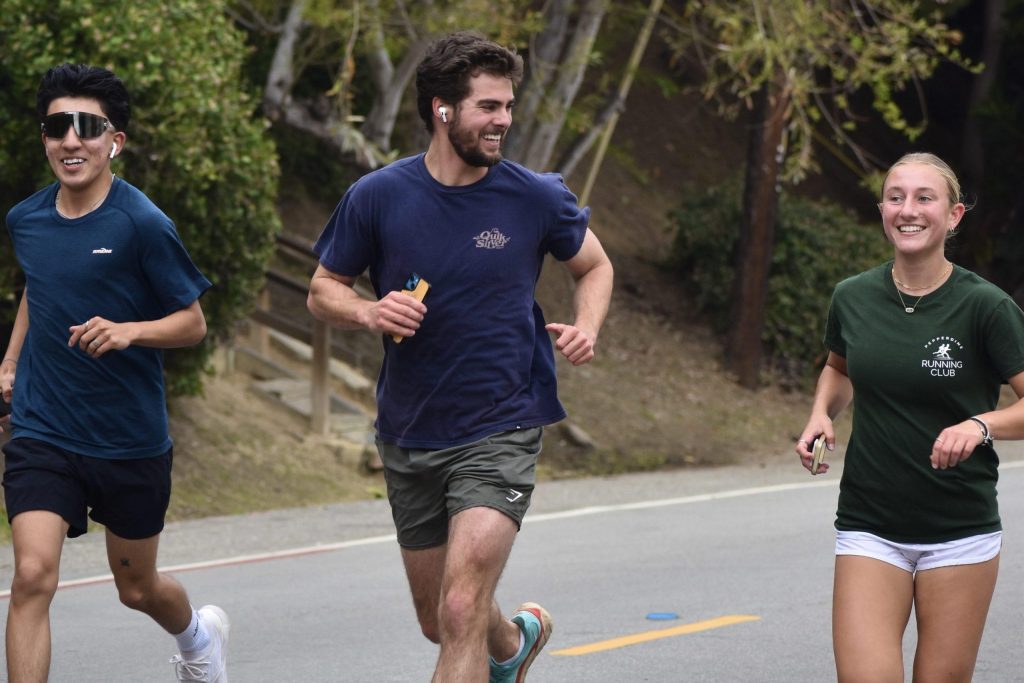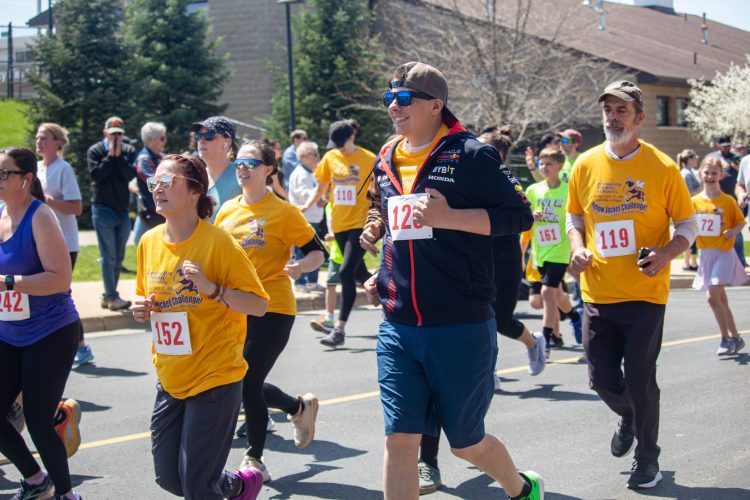In a world where sedentary lifestyles and chronic illnesses dominate urban health profiles, one grassroots movement is quietly transforming communities—one stride at a time. The humble running club, often thought of as a pastime for elite athletes or weekend warriors, is evolving into something much more profound. Across cities, especially in underserved neighborhoods where access to fitness resources is limited, inclusive running clubs are emerging as engines of not just physical transformation but also social renewal. These community-driven groups are democratizing fitness, turning the daunting journey from couch to 5K into a collective pursuit, and redefining what it means to run in solidarity. But how exactly do these running clubs contribute to healthier cities—and what deeper changes are they catalyzing beyond improved cardiovascular health?
The Health Crisis in Urban Communities
Cities are paradoxes of motion. They bustle with movement, yet many residents lead sedentary lives. Particularly in underserved communities, the built environment often discourages physical activity. High crime rates, poor lighting, lack of green spaces, and insufficient recreational infrastructure can make outdoor exercise not only challenging but potentially unsafe. At the same time, these communities disproportionately face chronic health issues like obesity, diabetes, hypertension, and heart disease—conditions closely linked to inactivity. While medical solutions treat the symptoms, the root of the problem lies in lifestyle and environment. The need for accessible, sustainable, and community-driven health solutions has never been more urgent. Running, an inherently low-cost and adaptable form of exercise, presents a compelling opportunity. And when done together, it becomes more than a workout—it becomes a social movement.
The Rise of Community-Centered Running Clubs
The concept of a running club is not new, but the way it’s being embraced by underserved urban areas represents a dynamic shift. These are not elite racing teams with matching gear and timing chips. These are inclusive, open-to-all collectives where beginners, elders, youth, and differently-abled individuals run side-by-side. Clubs like “Black Girls RUN!”, “Latinos Run,” “Back on My Feet,” and local neighborhood chapters across the U.S., U.K., and global cities are reimagining what running communities look like. Their mission extends beyond fitness—it’s about empowerment, visibility, and access. By meeting people where they are—literally and figuratively—these clubs foster a sense of belonging and purpose. They use social media, WhatsApp groups, and flyers at local libraries or churches to recruit. They offer “no-drop” runs, where no runner is left behind, and they celebrate effort over speed. The focus is on participation, consistency, and mutual encouragement.
Cardiovascular Health as a Collective Victory
One of the most immediate and measurable benefits of running is its impact on cardiovascular health. Even light jogging improves heart function, reduces blood pressure, lowers cholesterol, and helps manage weight. For communities where preventive healthcare is underutilized or inaccessible, running clubs provide a potent, free intervention. Regular group runs help members build endurance gradually, turning the 5K—a distance once seen as intimidating—into a symbol of achievement and control over one’s health. Importantly, the club structure brings accountability and support, which are essential for maintaining health behaviors over time. Participants often report improvements not only in physical metrics but also in mental well-being, sleep, and self-confidence. The health gains are not just individual—they ripple through families and neighborhoods, inspiring others to take their first steps toward wellness.
Fostering Social Cohesion and Communal Pride
While the cardiovascular benefits of running are well documented, the social gains are equally transformative. Running clubs bring people together across age, race, socioeconomic background, and ability. They create opportunities for intergenerational connection, mentorship, and mutual support. In areas where social isolation or fragmentation is common, these clubs become social anchors. They give residents a regular reason to gather, converse, and collaborate. Over time, these connections foster a deeper sense of community ownership and pride. When people run through their neighborhoods, they see them differently—they notice neglected areas that need attention, they engage with local businesses, and they feel a stronger sense of agency. Organized runs or “fun runs” often become community events, complete with local sponsors, spectators, and celebratory meals. These moments turn fitness into festivity and elevate local identity.
Safety in Numbers: Reclaiming Public Space
A powerful aspect of running in groups is the ability to reclaim public space. In neighborhoods where parks and streets may feel unsafe due to crime or neglect, the visibility and volume of a running club create a new social dynamic. Runners move through these areas as a unit, signaling presence and positivity. They deter illicit activity simply by being there, regularly and confidently. Some clubs partner with local police departments or neighborhood watch groups to ensure safe routes, while others work with city planners to advocate for improved lighting, sidewalks, and signage. The act of running becomes a form of civic engagement—an assertion that residents have a right to health, movement, and safe streets. This changes not only perceptions of public space but also actual conditions, as increased activity often leads to better maintenance and infrastructure investment.

Empowerment Through Leadership and Role Models
Many of these grassroots running clubs are founded and led by community members themselves. This peer-led model is crucial to their success. Leaders who come from the neighborhood understand its unique challenges and cultural dynamics. They serve as relatable role models who embody the message: “If I can do it, so can you.” This sense of shared journey is more impactful than top-down messaging from institutions. Club leaders often become informal health educators, guiding members on topics like hydration, injury prevention, and nutrition. They also provide emotional support, encouraging runners to keep going during tough weeks or after setbacks. In time, new leaders emerge from within the group, creating a self-sustaining cycle of empowerment and mentorship. This leadership pipeline turns running clubs into community development engines—not only improving health but also building human capital.
Addressing Mental Health Through Movement
Mental health is an often-overlooked aspect of wellness in underserved communities, where stigma and lack of resources limit access to care. Running clubs help bridge this gap. Physical activity is a proven mood booster, releasing endorphins and reducing symptoms of anxiety and depression. But beyond the chemical benefits, the social structure of a running club offers emotional safety. Members form close bonds, check in on each other, and share personal struggles in a non-clinical setting. For many, the weekly run becomes a form of therapy—a place to process emotions, find solidarity, and gain perspective. Some clubs even partner with mental health organizations to host post-run discussions or provide resources. The integration of movement and emotional support creates a holistic approach to wellness that meets people where they are—both physically and emotionally.
Youth Engagement and the Next Generation of Runners
Running clubs also play a vital role in youth development. By involving children and teens, especially in areas lacking recreational programs, clubs offer a positive outlet for energy and stress. They teach discipline, goal setting, and teamwork—skills that extend far beyond the pavement. Youth runners learn to train for races, track their progress, and cheer for peers. They gain role models in older runners and build confidence as they meet milestones. Some clubs host “Couch to 1K” or “Family Fun Runs” to get entire households involved. These initiatives not only foster healthy habits early in life but also strengthen family bonds and school engagement. For at-risk youth, running clubs can be life-changing, offering structure, purpose, and a path away from negative influences. By investing in young runners, cities invest in their long-term resilience.
Challenges and Opportunities Ahead
Despite their growing impact, community running clubs face several challenges. Funding remains a barrier, especially for clubs that provide free gear, healthy snacks, or race registrations for low-income members. Access to safe, well-maintained routes is another concern, particularly in urban areas with poor infrastructure. Weather and seasonal changes can disrupt momentum. To overcome these obstacles, partnerships are key. Collaborations with local health departments, schools, nonprofits, and businesses can provide resources, visibility, and logistical support. Technology also offers new possibilities—apps that track group runs, provide virtual coaching, or connect runners to global movements can enhance participation. As cities recognize the public health value of these clubs, more policy support and urban planning integration could ensure their sustainability and growth.
A Model for Healthier, More Connected Cities
At their core, inclusive running clubs are microcosms of what healthier cities could be: active, connected, equitable, and empowered. They demonstrate that fitness doesn’t require fancy gyms or expensive equipment—just willing people, shared goals, and public space. By turning streets into arenas of transformation, they help cities shift from reactive health strategies to proactive wellness cultures. They strengthen not only hearts and lungs but also relationships, identities, and civic pride. In doing so, they remind us that every step counts—not just for the runner but for the entire community. When we move together, we move toward better cities.
Conclusion: Running as Resistance, Resilience, and Renewal
From the first tentative jog to the victorious finish line of a 5K, the journey of a community runner is filled with challenges and triumphs. It is also a metaphor for collective progress. In neighborhoods long marginalized by policy, poverty, or prejudice, running clubs represent a quiet but powerful form of resistance. They resist inertia, health disparities, and invisibility. They build resilience—physical, emotional, and communal. And they offer renewal: of bodies, blocks, and belonging. As more people lace up their shoes and step into the streets with others by their side, the answer becomes clear. Yes, running clubs can build healthier cities—one heart, one mile, one community at a time.

















































